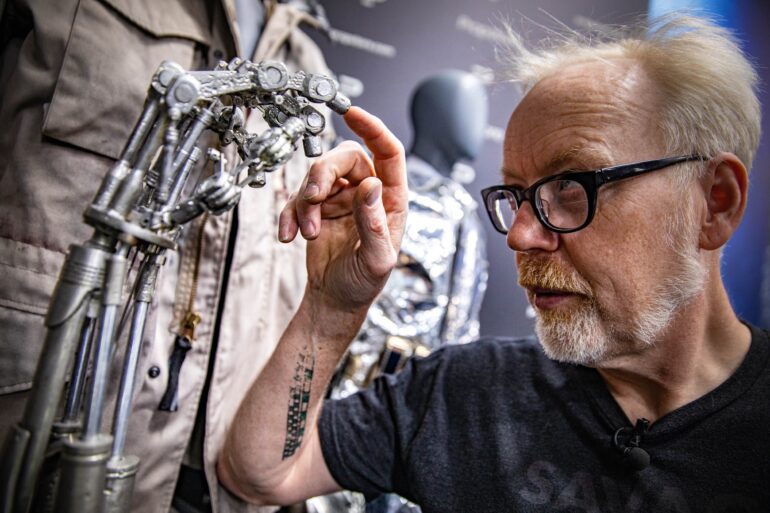TL;DR:
- Adam Savage discusses the impact of AI on physical makers in a livestream Q&A with Tested members
- AI can assist makers in performing repetitive or tedious tasks and provide new insights into design possibilities
- The integration of AI into the creative process can enable makers to push the boundaries of what is possible
- AI should not be viewed as a replacement for human creativity and ingenuity
- Savage recounts his most terrifying experience in machining with a powerful and fast-moving milling machine
- The experience taught him the importance of respecting the power and potential dangers of machinery
- Safety and training are crucial for working with powerful machinery and tools in the maker community
Main AI News:
In this livestream excerpt, Adam Savage, a well-known maker and former co-host of the TV series “Mythbusters,” discusses his views on the impact of artificial intelligence (AI) on physical makers. He responds to questions posed by Tested members Michał Rogowski and UncouthJ, who are curious about how AI might influence the process of creating physical objects and what Savage’s most terrifying experience in machining has been.
Savage starts by acknowledging the increasing role of AI in various fields, including the creative industries. He notes that AI can be a powerful tool in assisting makers by performing repetitive or tedious tasks and providing new insights into design possibilities.
However, he also emphasizes that AI should not be viewed as a replacement for human creativity and ingenuity. Instead, he suggests that the integration of AI into the creative process can enable makers to push the boundaries of what is possible, allowing them to experiment with new materials and techniques.
Regarding his most terrifying experience in machining, Savage recounts a time when he was working with a large milling machine that he was not fully trained to operate. The machine was powerful and fast-moving, and he found himself struggling to keep up with its demands.
He remembers feeling overwhelmed and scared, realizing that one wrong move could result in a serious injury. Despite this, he also recognizes that this experience taught him the importance of respecting the power and potential dangers of machinery and inspired him to become a more skilled and knowledgeable maker.
Conlcusion:
Adam Savage’s insights on the impact of AI on physical makers highlight the potential benefits and challenges of integrating these technologies into the creative process. As AI continues to evolve, it offers makers a powerful tool to streamline their work and experiment with new possibilities.
However, it is important to recognize that AI should not be viewed as a replacement for human creativity and ingenuity. Rather, it can complement and enhance the work of physical makers.
In addition, Savage’s experience with a terrifying machining setup underscores the importance of safety and training in the maker community, highlighting the need for makers to develop the skills and knowledge necessary to work with powerful machinery and tools safely and effectively.
Overall, the integration of AI and physical making offers a new market opportunity for developers and businesses to innovate and create new products that combine the best of human and artificial intelligence.

